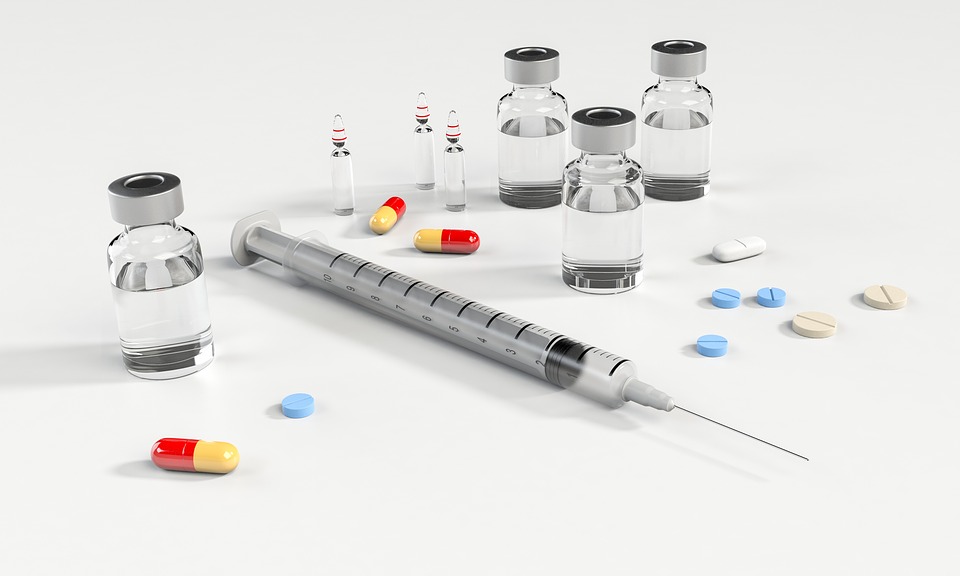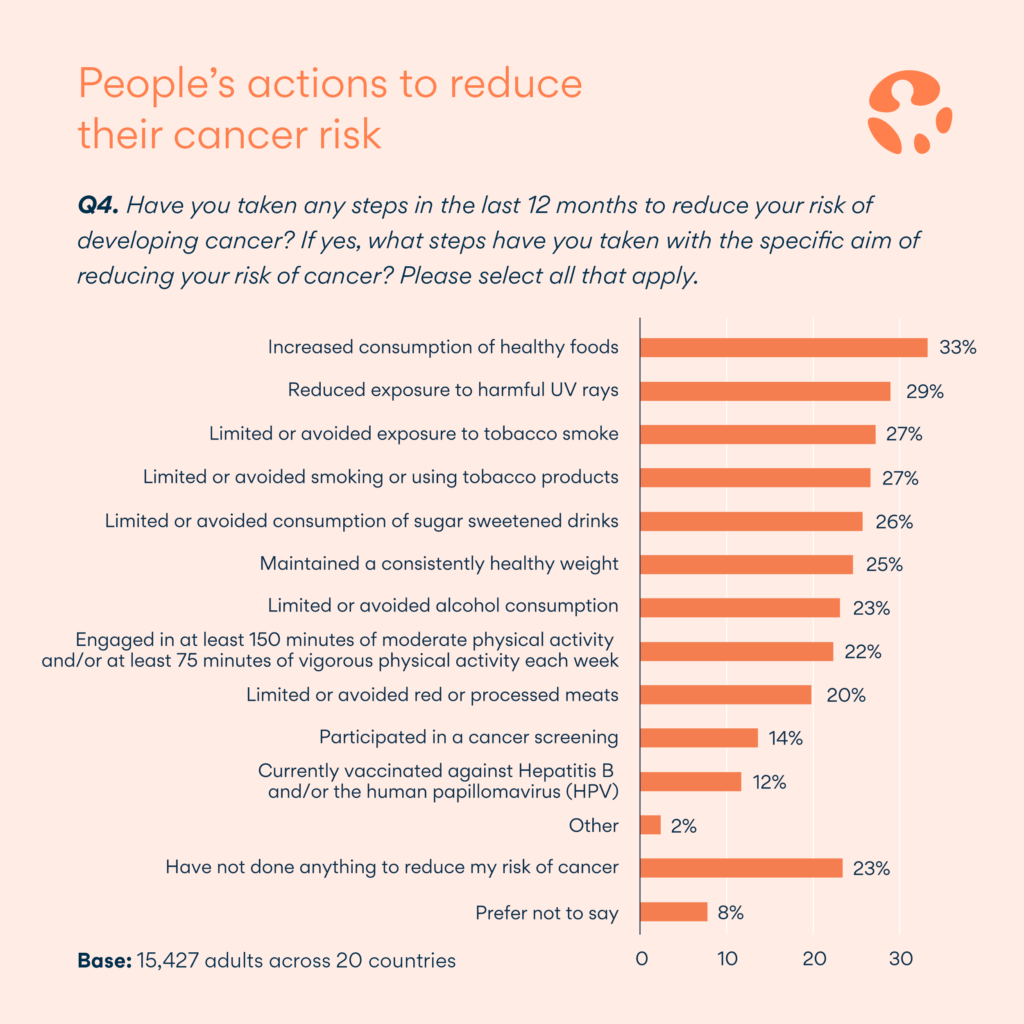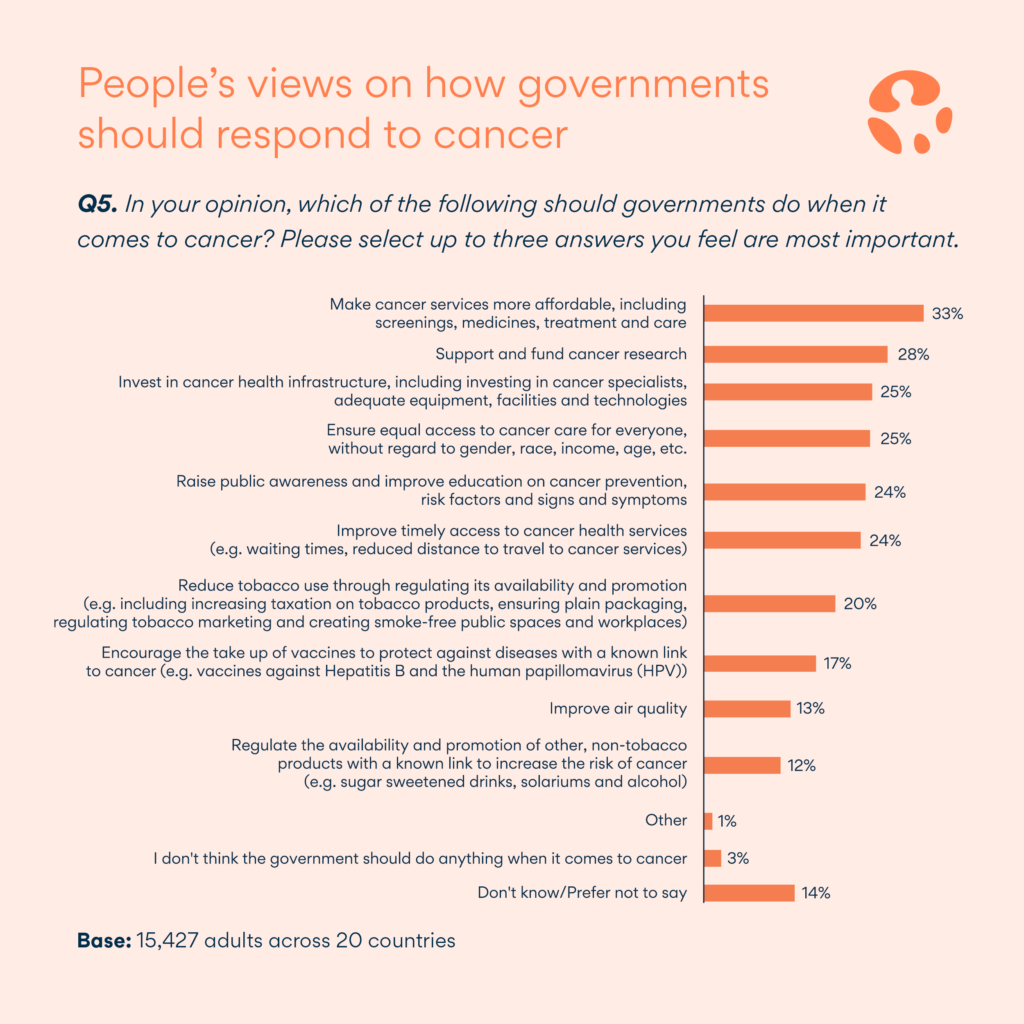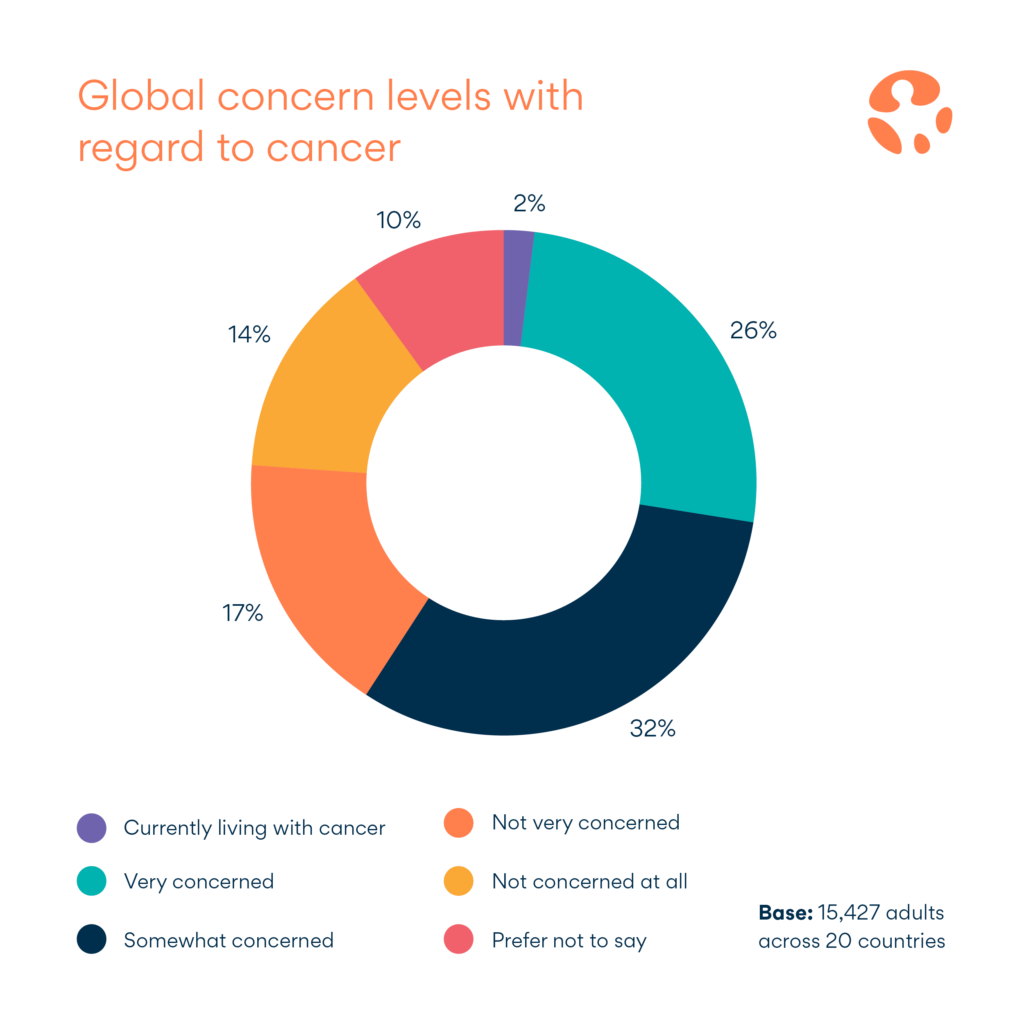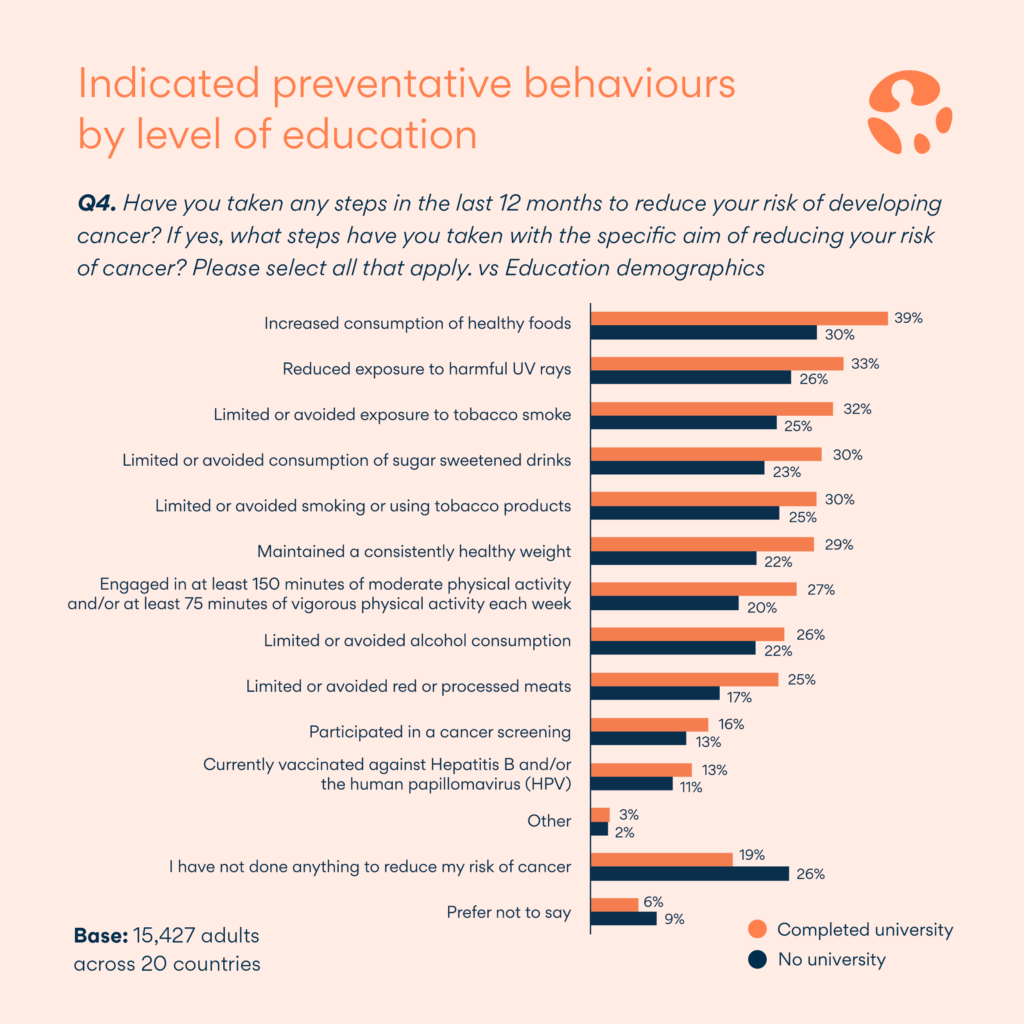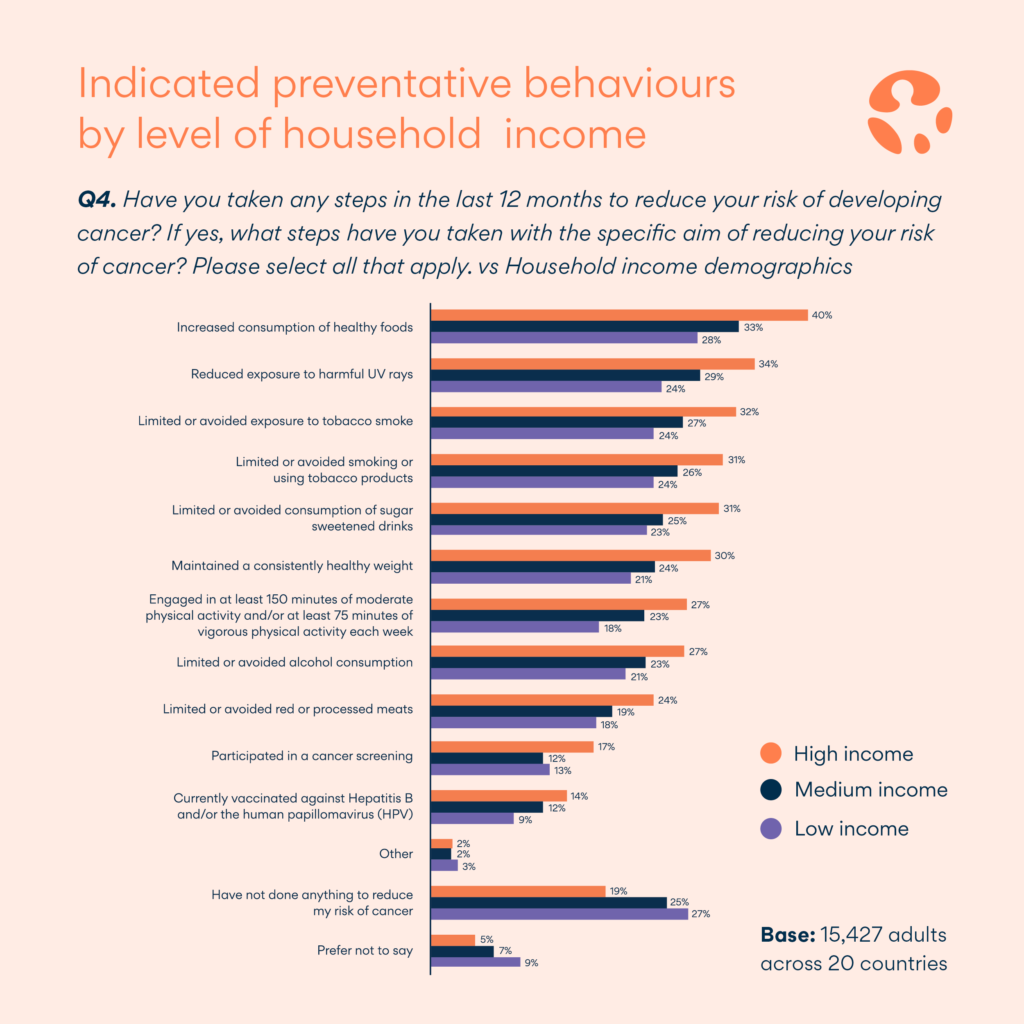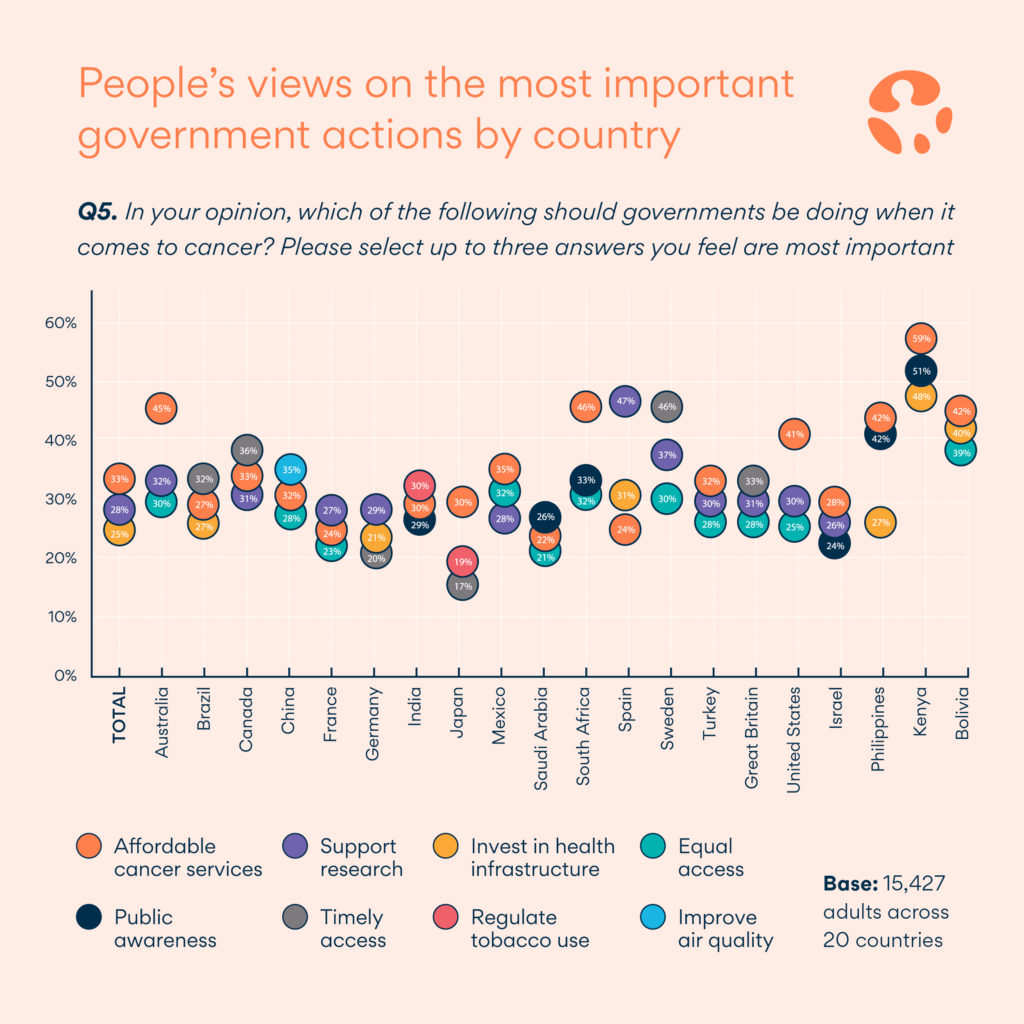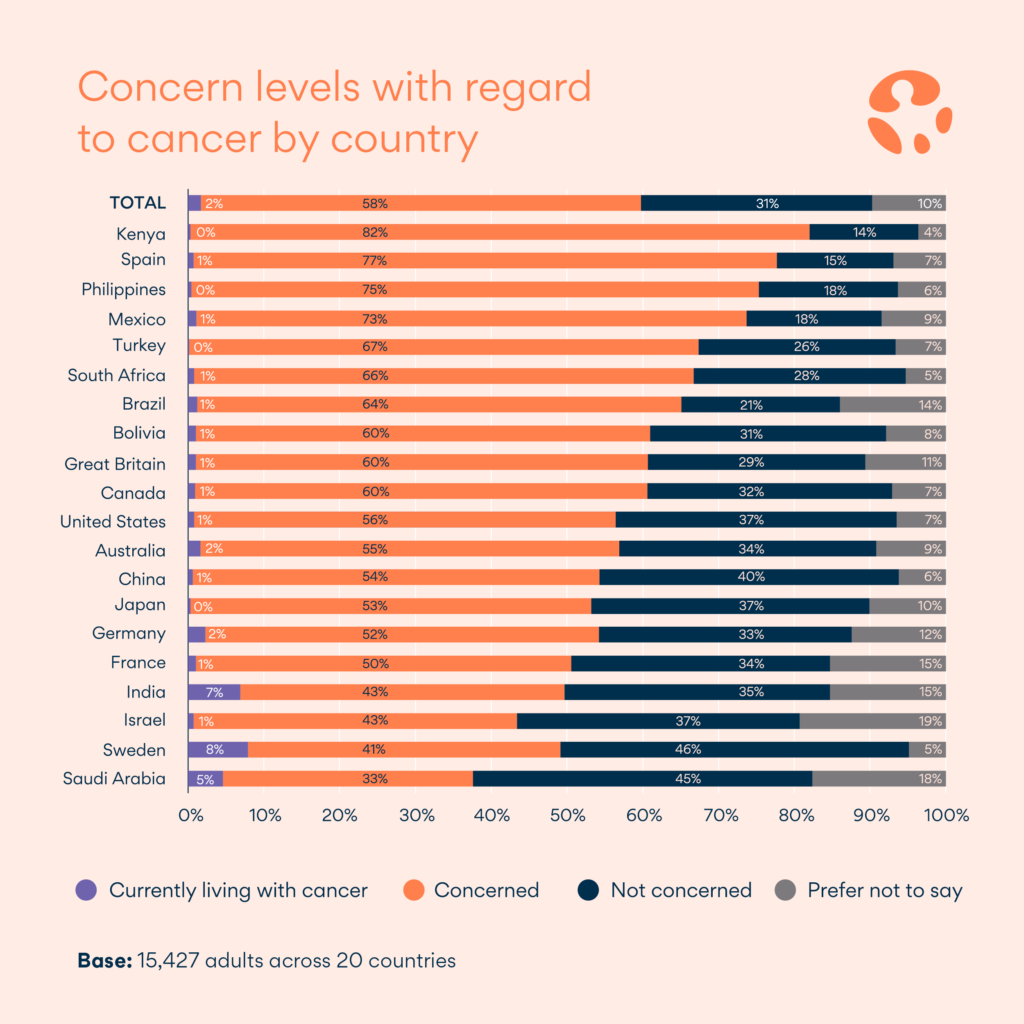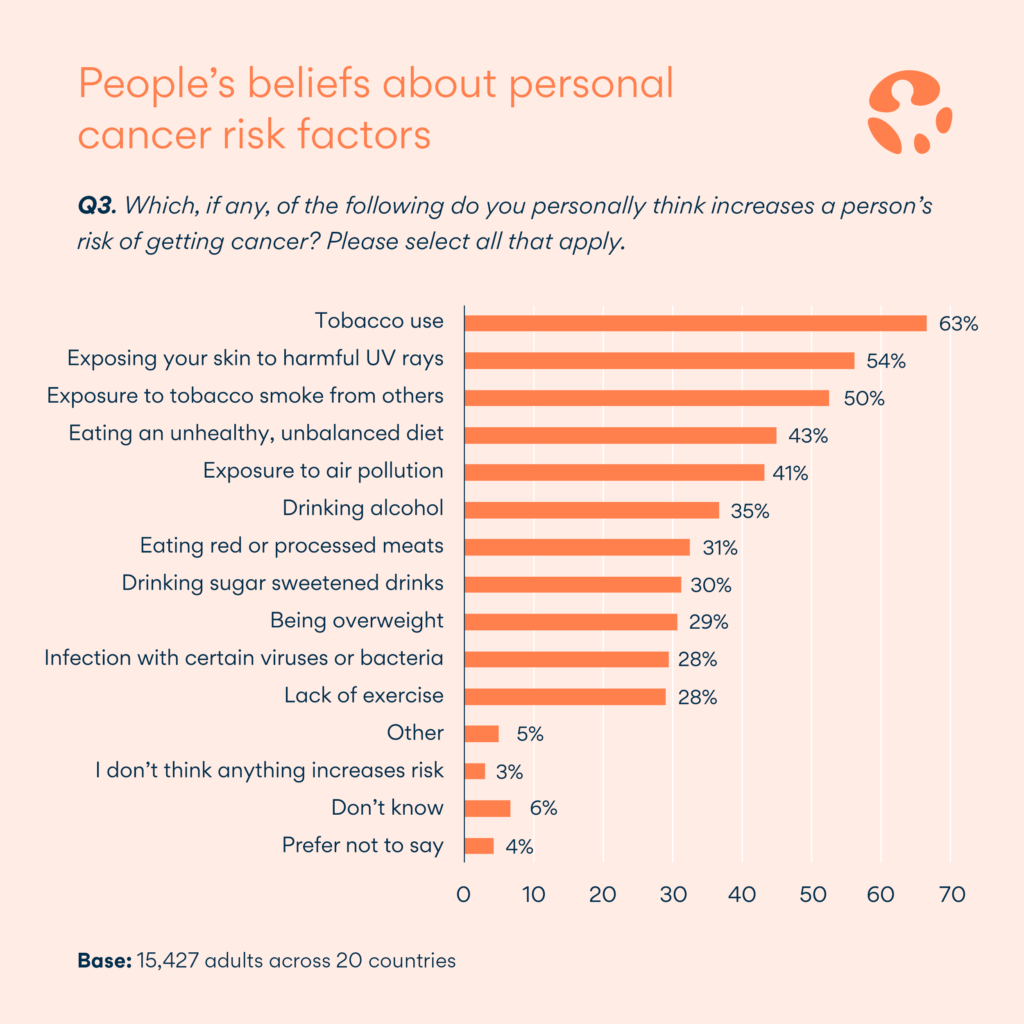
Cervical cancer
“Cervical cancer could be eliminated in most countries by 2100,” reports The Guardian.
The headline is prompted by a new study that predicted what might happen to cervical cancer over the next 50 years.
Most cases of cervical cancer are caused by the human papillomavirus (HPV), and there are effective vaccines that can protect people from contracting HPV.
It’s hoped that the number of cases of cervical cancer will be greatly reduced in countries where the vaccine is widely used.
But vaccination rates are much lower in poorer parts of the world.
Also, while vaccination protects young people who have never come into contact with HPV, it does not treat established infections.
That means women who may have been infected with HPV in the past still need to be screened for cervical cancer.
Pre-cancerous cells spotted in screening can be removed.
The researchers looked at what might happen to cervical cancer worldwide under different situations.
For example:
carrying on at current rates of screening and vaccination
introducing rapid, widespread vaccination and screening
introducing vaccination and screening more gradually
They worked out that, if nothing changes, 44.4 million women will get cervical cancer between 2020 and 2069.
If vaccination and screening were introduced rapidly from 2020, 12.4 to 13.4 million of these cases could be avoided.
This could bring the rate of cervical cancer down to 4 per 100,000 women a year or lower in most countries around the world, which the researchers say is virtual elimination.
Read more about HPV vaccination and cervical screening.
Where did the story come from?
The researchers who carried out the study came from the Cancer Council of New South Wales in Australia, the International Agency of Research into Cancer in France, and the Albert Einstein College of Medicine in the US.
It was funded by the National Health and Medical Research Council of Australia and published in the peer-reviewed journal Lancet Oncology.
The Guardian’s coverage of the study was balanced and accurate.
What kind of research was this?
This statistical trends analysis and modelling study used data on cancer diagnoses, along with research about the impact of vaccines and cancer screening, to predict what might happen in the future under different scenarios.
This type of modelling is useful for governments and healthcare organisations to get an idea of the potential impact of policies.
But these studies have to make a lot of assumptions about what might happen, any one of which could turn out to be wrong.
This means they may not be particularly accurate predictions of the future.
What did the research involve?
Researchers used data from 37 cancer registries in 8 global regions, ranging from very high income to low income, along with data about population growth and ageing patterns, to predict what would happen if current levels of vaccination and screening stayed the same during the 50 years from 2020 to 2069.
They then used assumptions from research into vaccine and screening effectiveness, and about the “herd immunity” effect that reduces infection spread in a population once a proportion of them are protected by vaccination.
They used this information to feed into a statistical model, which allowed them to predict the possible effects of future global vaccination and screening programmes.
From these results, they calculated the number of cases of cervical cancer that might be prevented by different programmes, and when countries might hit the 4 in 100,000 cancer rate at which they consider the cancer virtually eliminated.
What were the basic results?
Without change, the researchers calculated that 44.4 million women would get cervical cancer between 2020 and 2069, with an annual rate by 2069 of 1.3 million cancers, up from 600,000 in 2020.
The increase would be because the progress already made in vaccination and screening would be offset by expected population growth and ageing during that time.
The most positive scenario was the introduction of rapid vaccination coverage, so 80 to 100% of 12-year-old girls were vaccinated, plus HPV screening of 70% of women aged 35 and 45 (twice in a lifetime).
If both were rapidly introduced from 2020, between 12.5 million and 13.4 million cases of cervical cancer could be prevented.
Under this scenario, cancer would be virtually eliminated from high-income countries like the UK by 2060, and from most countries around the world by 2100.
But it would remain at slightly higher levels in some east African countries, which would require additional measures to reach elimination.
If both vaccination and screening was improved, but more slowly, the benefits would take longer to show, meaning fewer cases of cancer could be averted.
Under a scenario where 20 to 45% of girls were vaccinated by 2030 and 40 to 90% by 2050, and 25 to 70% of women were screened by 2030 and 90% by 2050, cervical cancer rates in low-income countries would remain at 14 per 100,000 by the end of the century, although the cancer would have been eliminated in high-income countries.
If the improvements were only in vaccine roll-out, only 6.7 to 7.7 million cases of cancer would be averted.
How did the researchers interpret the results?
The researchers say their models show “devastating consequences” of an additional 44.4 million cervical cancers over 50 years if current levels of vaccination and screening are not changed.
They say their research will aid the production of a global strategy to prevent cervical cancer, due to be considered by the World Health Organization in 2020.
“The findings presented here have helped inform initial discussions of elimination targets, and ongoing comparative modelling with other groups is supporting the development of the final goals and targets for cervical cancer elimination,” they say.
Conclusion
There were 3,126 cases of cervical cancer in the UK in 2015. Almost all cases of cervical cancer are preventable through vaccination and screening.
The HPV vaccine has been shown to be highly effective, and future generations of women in the UK are expected to be well-protected against cervical cancer.
Sadly, many women around the world do not have access to vaccination or screening.
Most cases of cervical cancer (85% in 2012) happen to women in low- or middle-income countries.
That’s why increasing vaccine coverage and screening is important if we want to eliminate cervical cancer worldwide, not just in wealthy countries.
This study shows what a difference these programmes could make if they were adopted quickly and widely.
This study is based on modelling and statistics, so it may not be an accurate prediction of what would happen.
The study’s limitations include:
it’s unable to take account of all the global events and changes of trend that could potentially affect cervical cancer rates, such as the age at which women or girls marry, sexual behaviour patterns, the effect of wars on healthcare campaigns, and natural disasters
assumptions about the long-term effectiveness of the vaccine (the researchers assume lifelong 100% effectiveness) may be too high
there’s little good-quality information on rates of cervical cancer in many low-income countries
the research does not adjust for the effects of HIV infection, which can affect the rate at which HPV infections convert into cervical cancer
Find out more about cervical cancer screening and HPV vaccination
Analysis by Bazian
Edited by NHS Website

